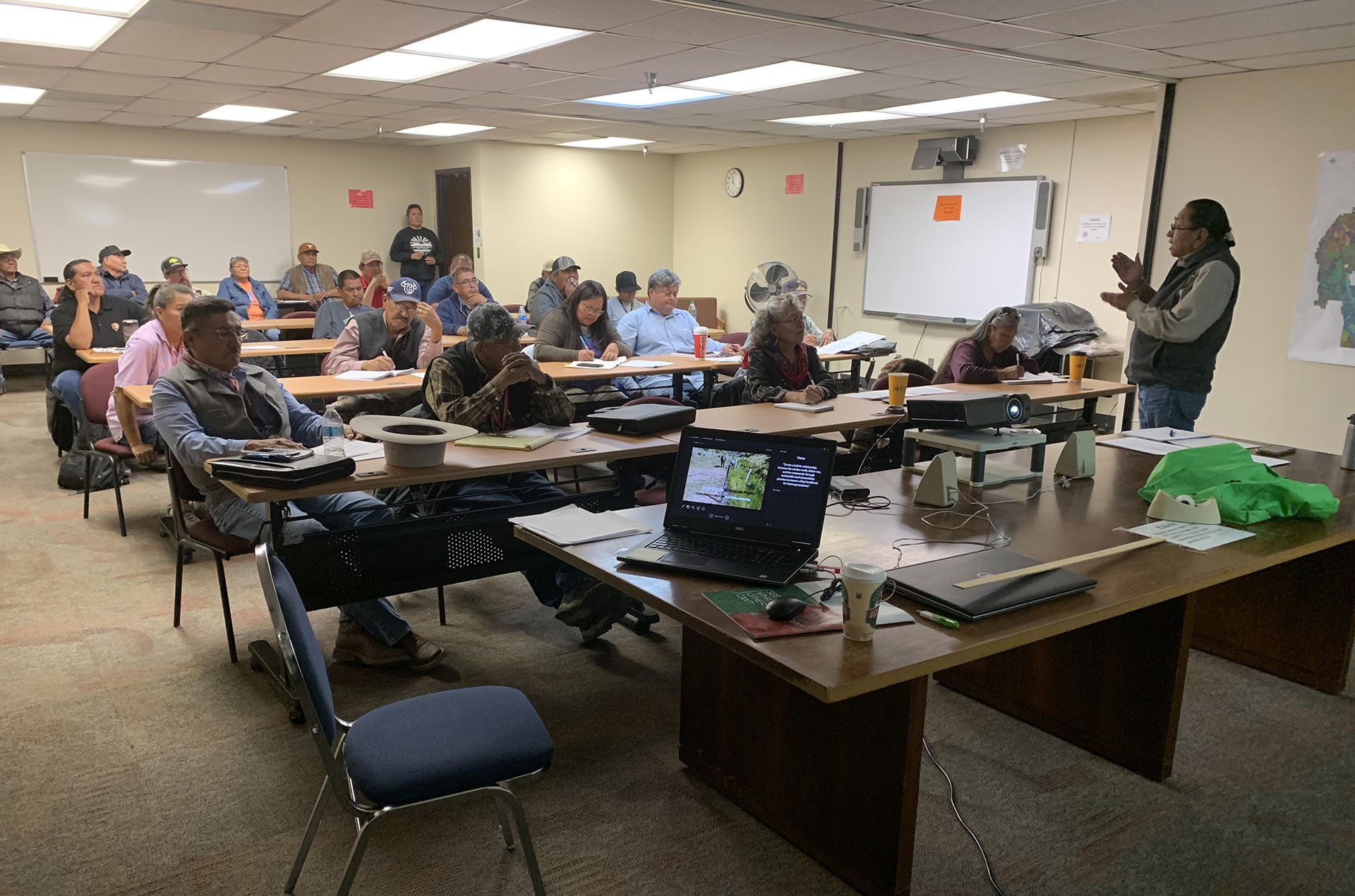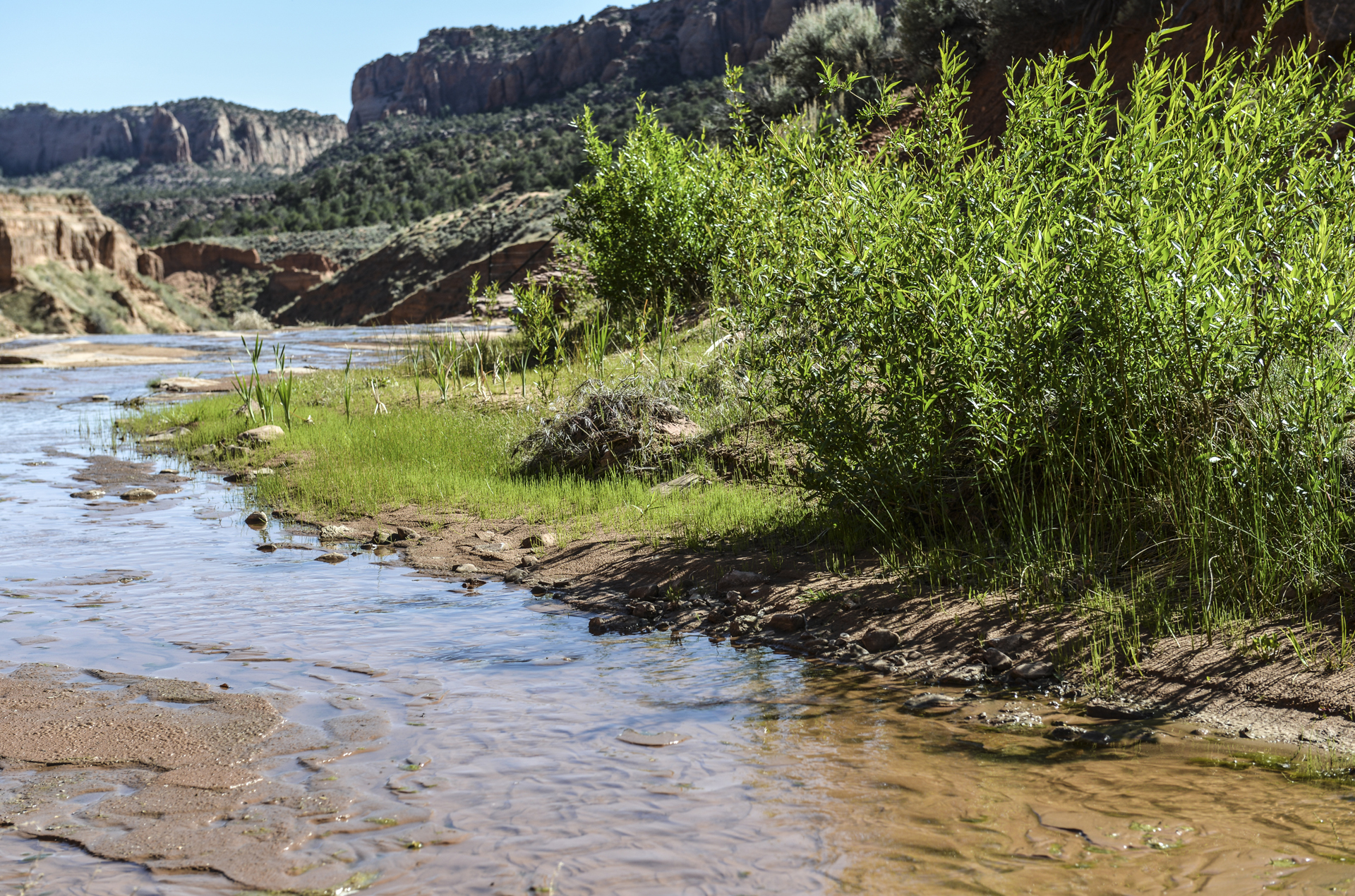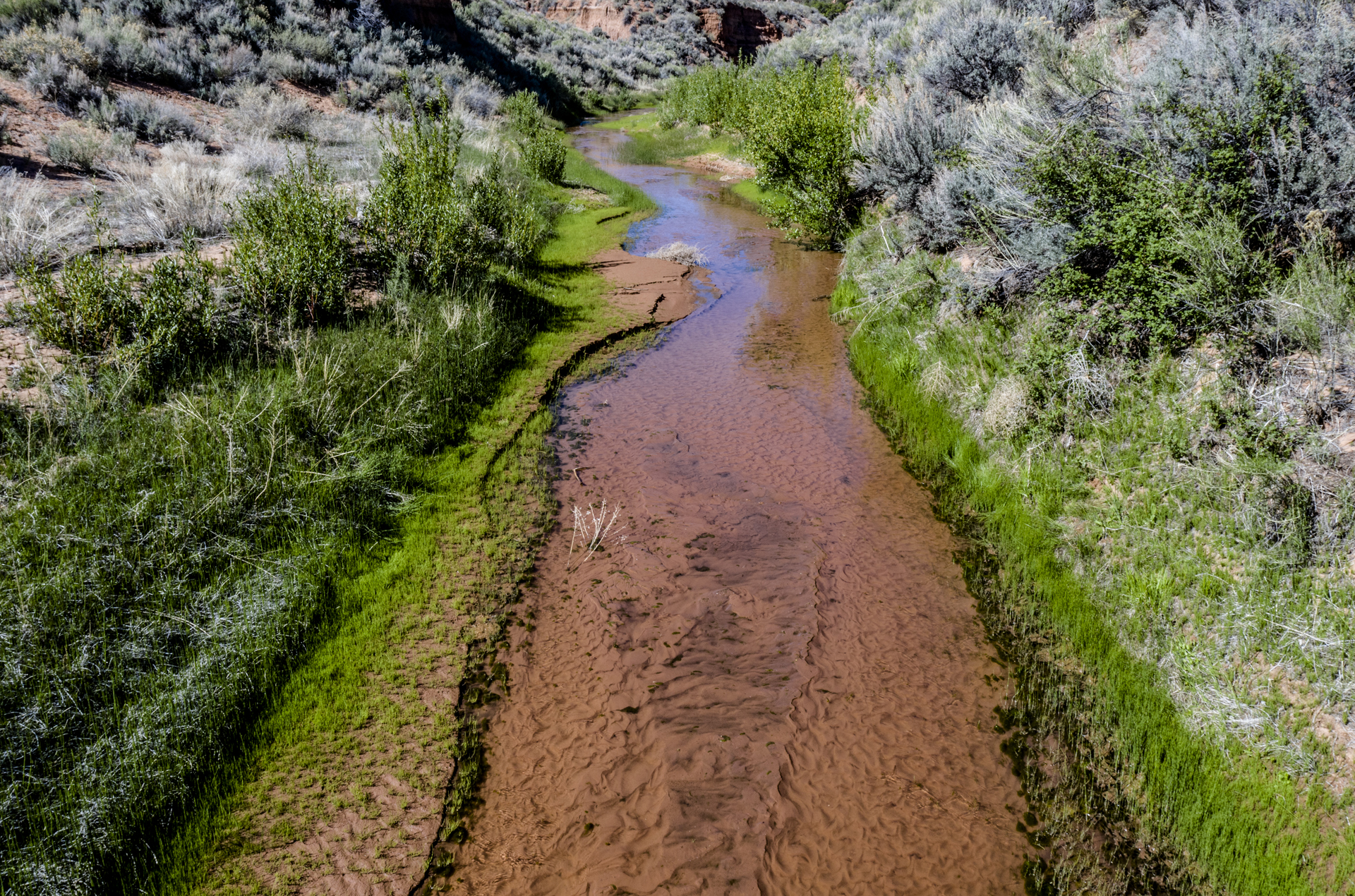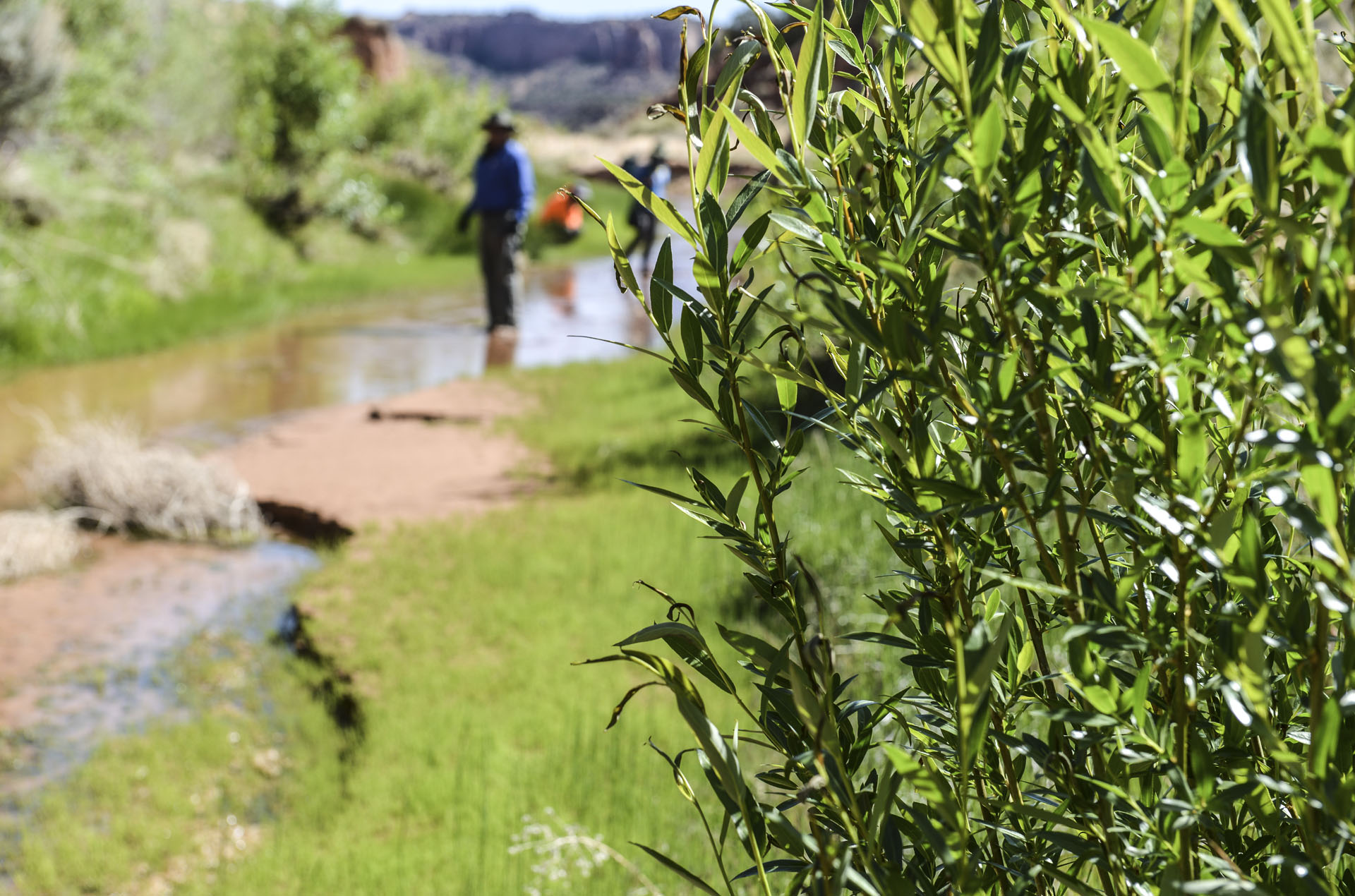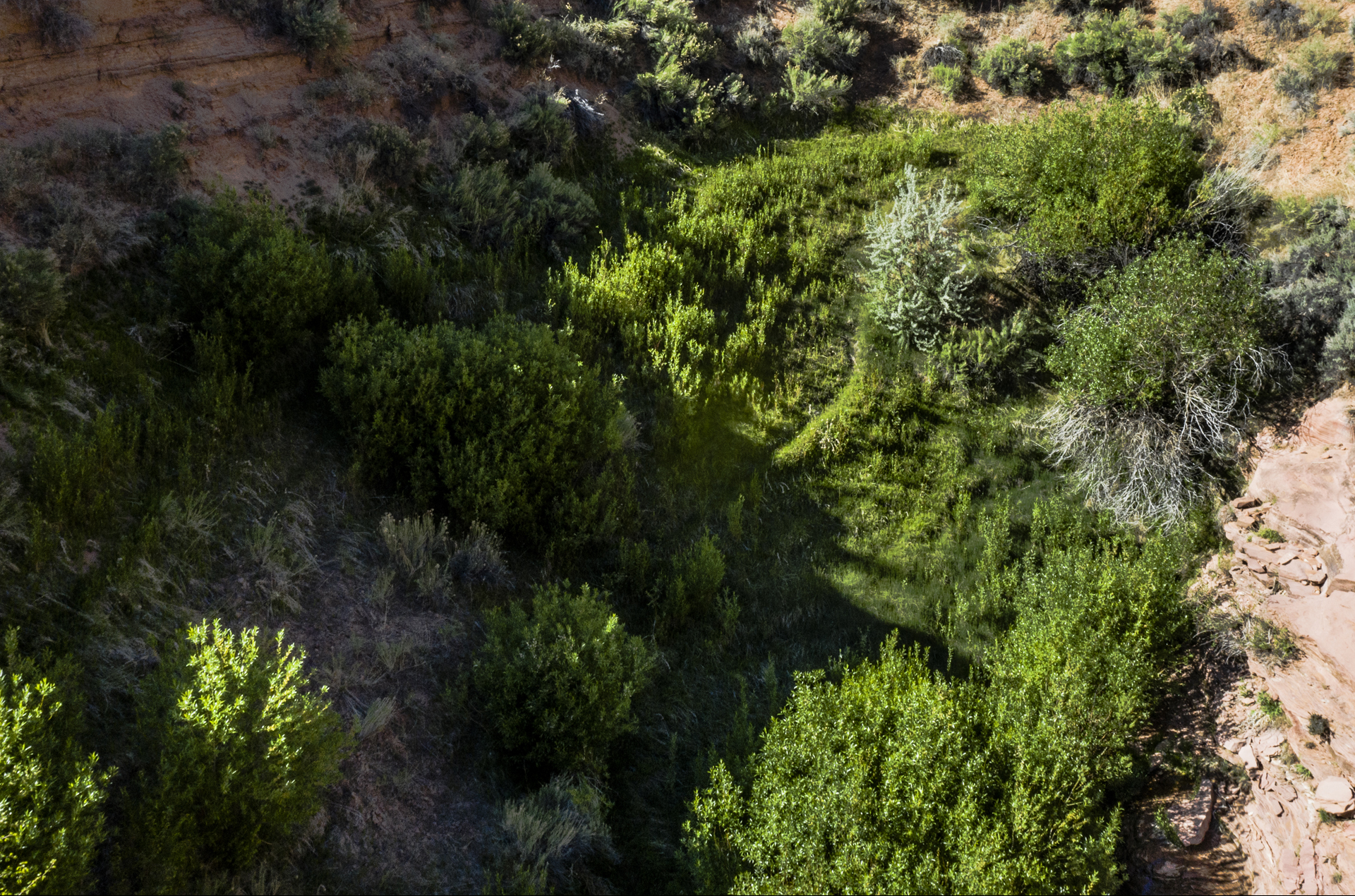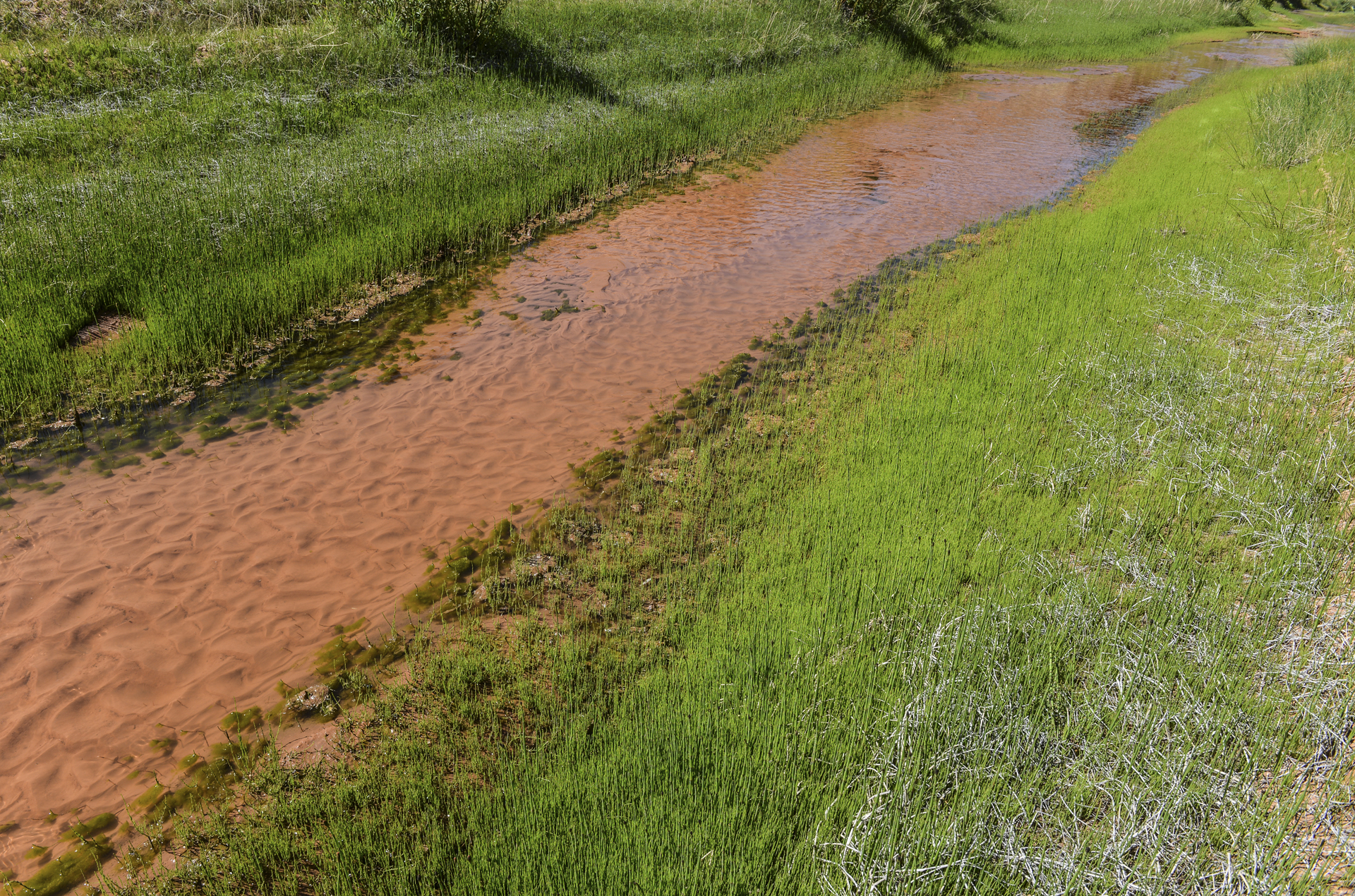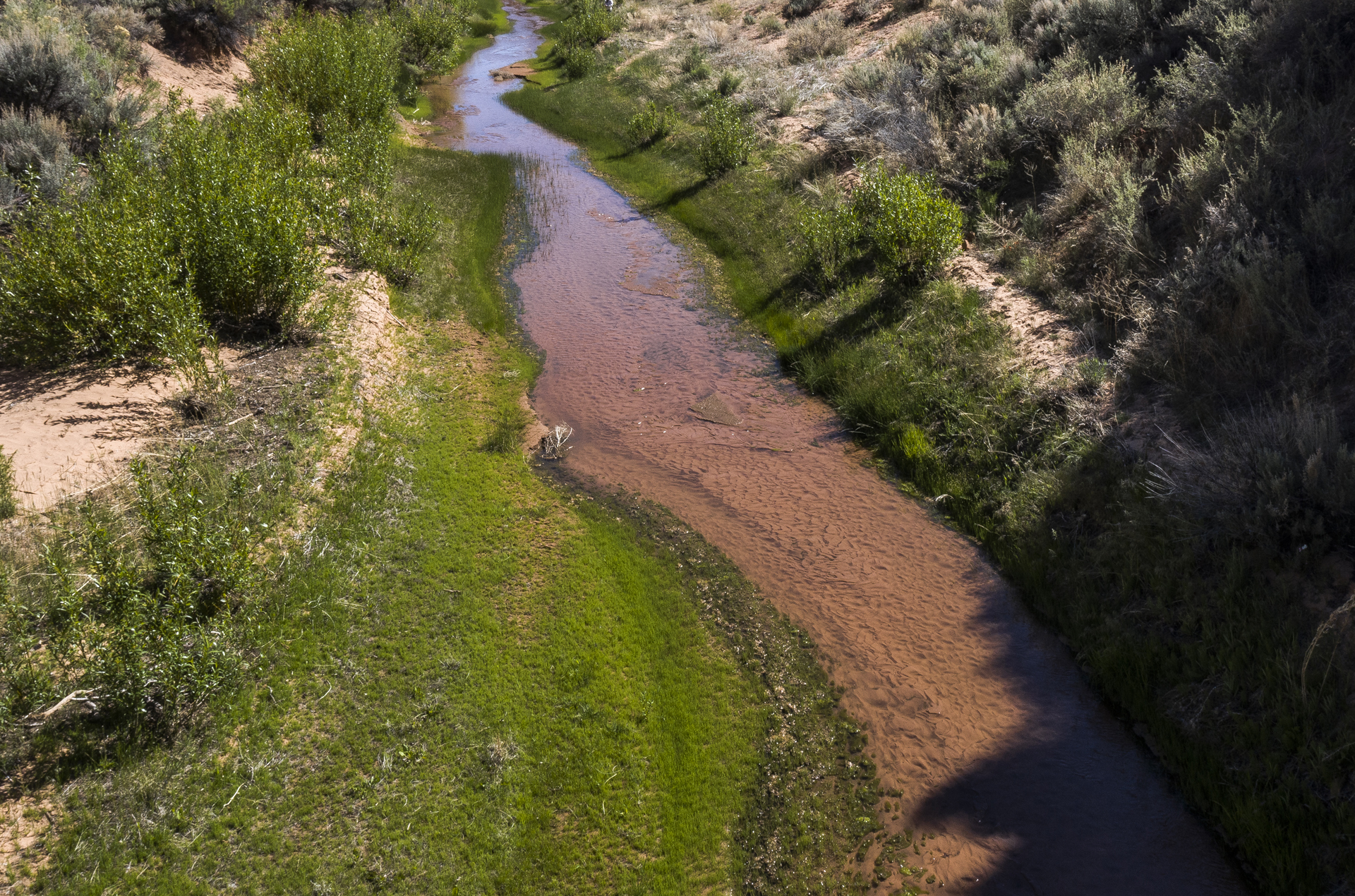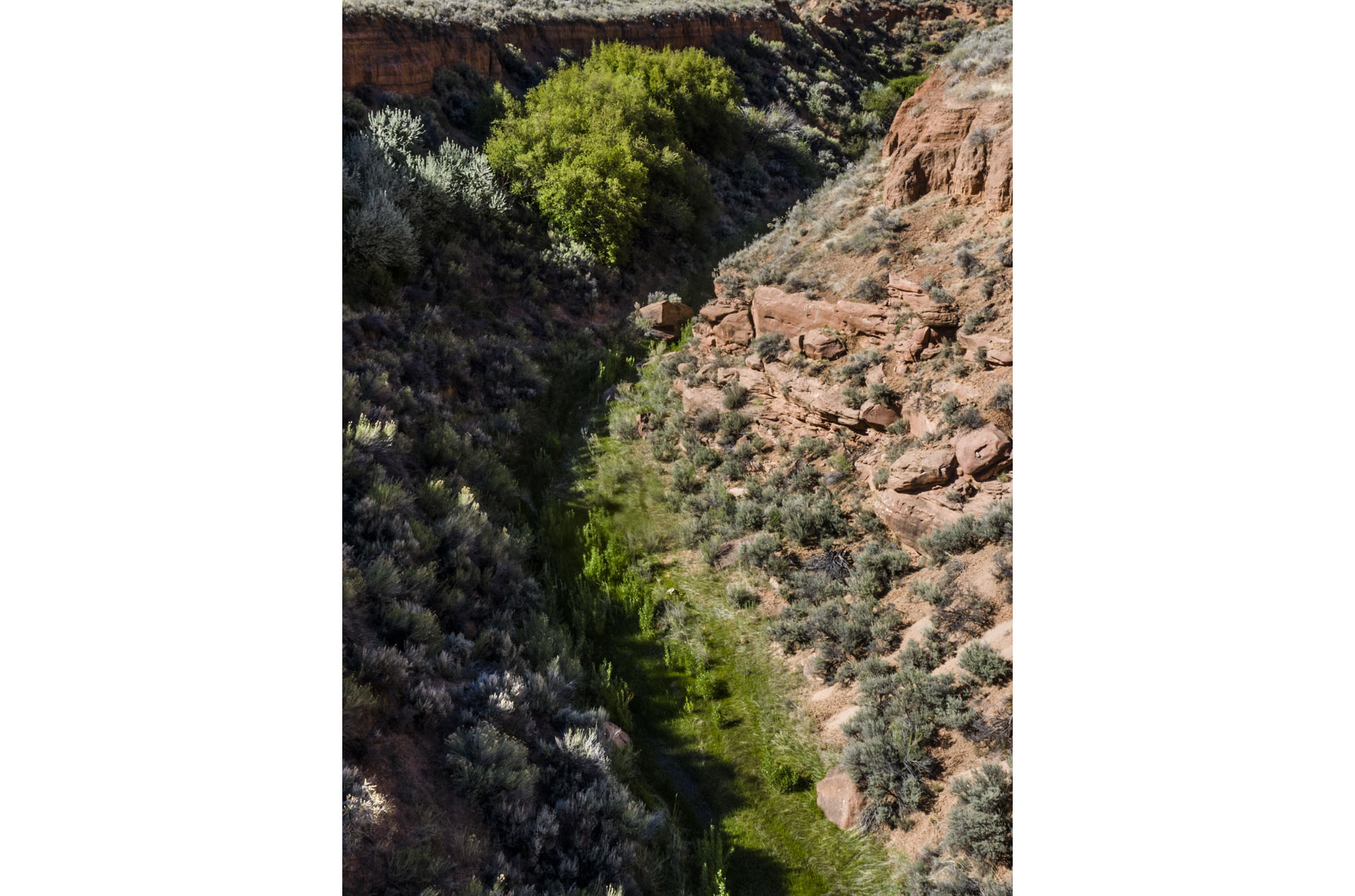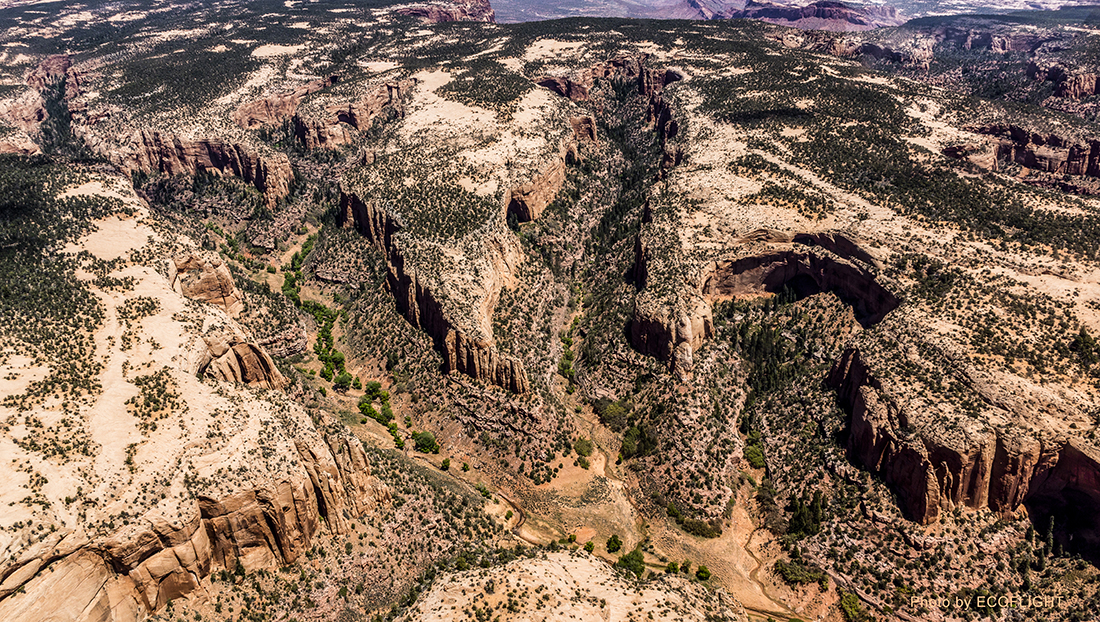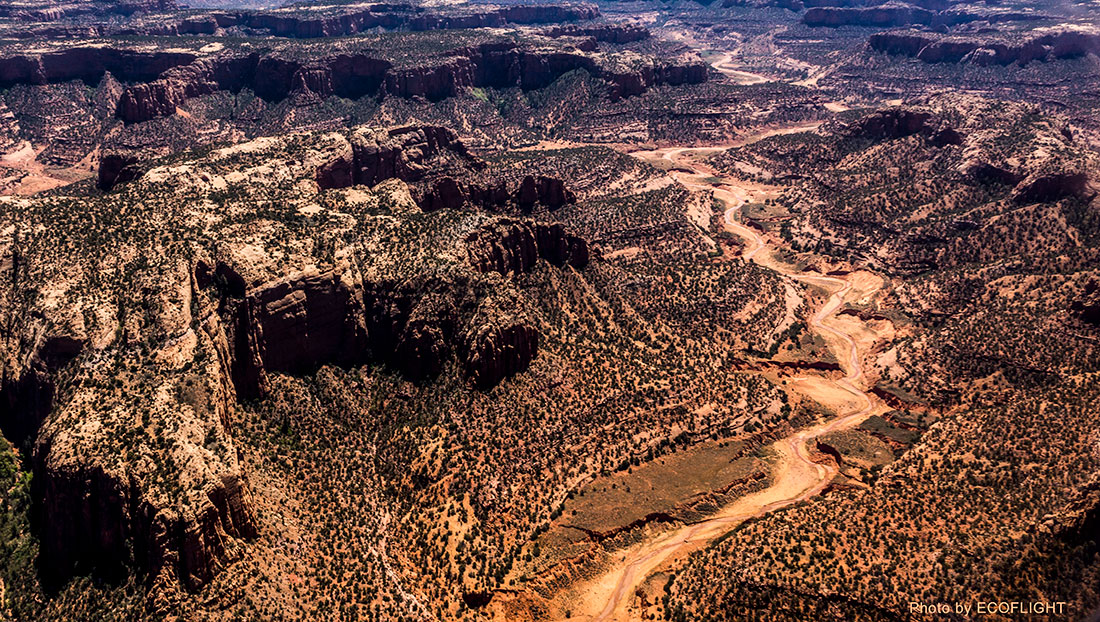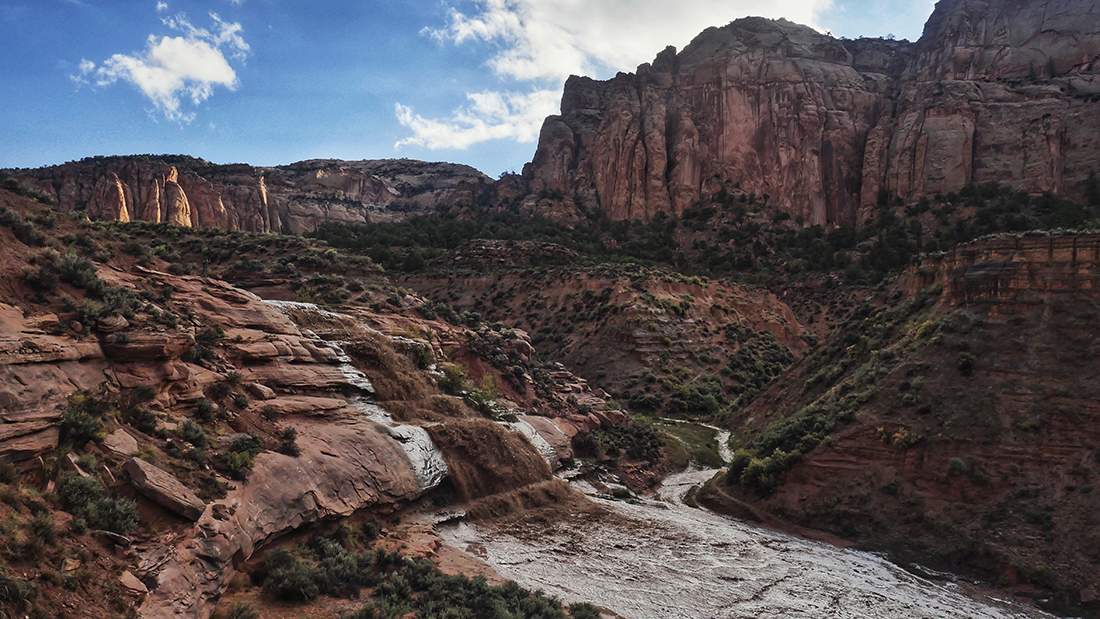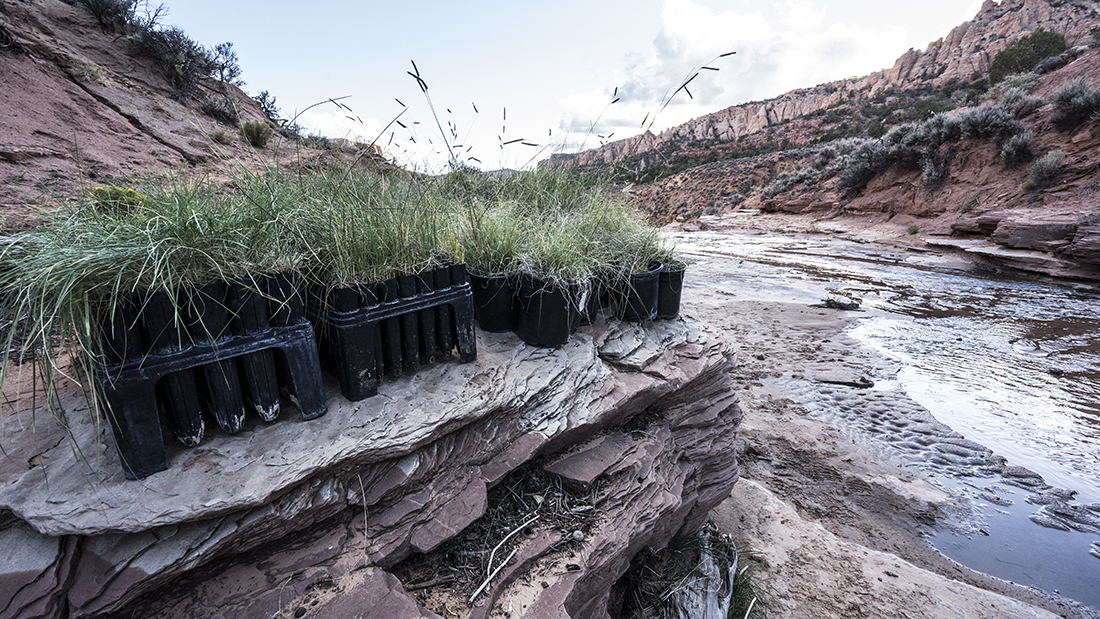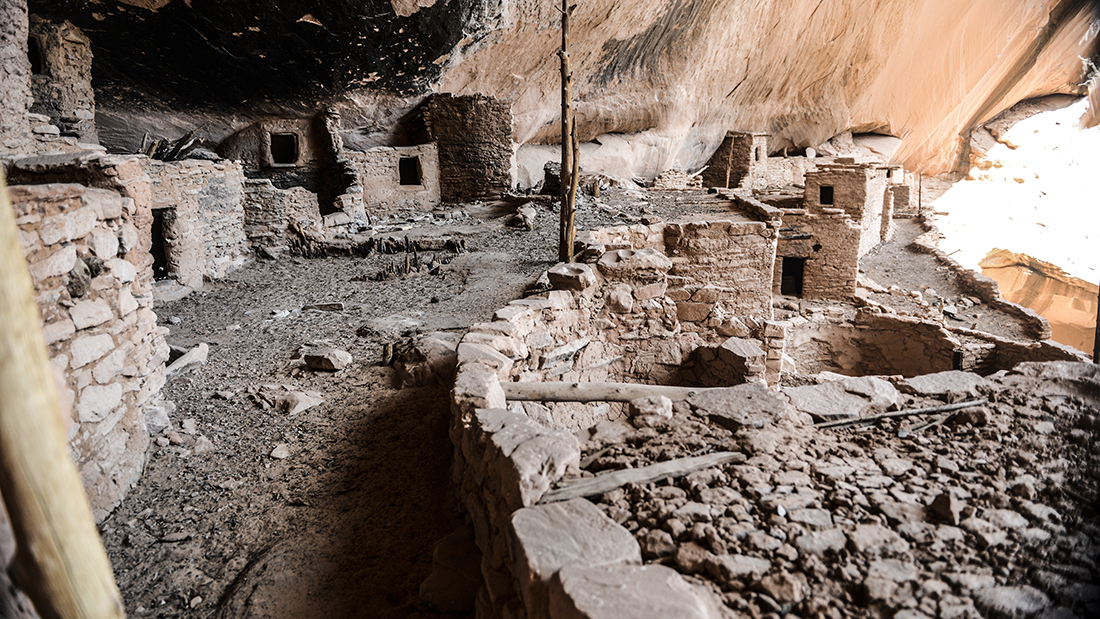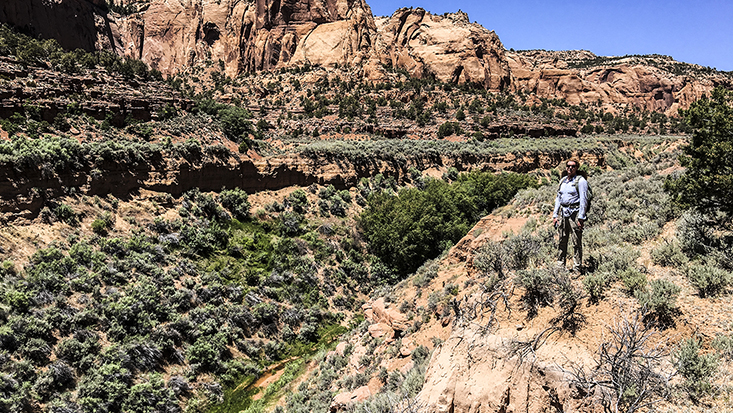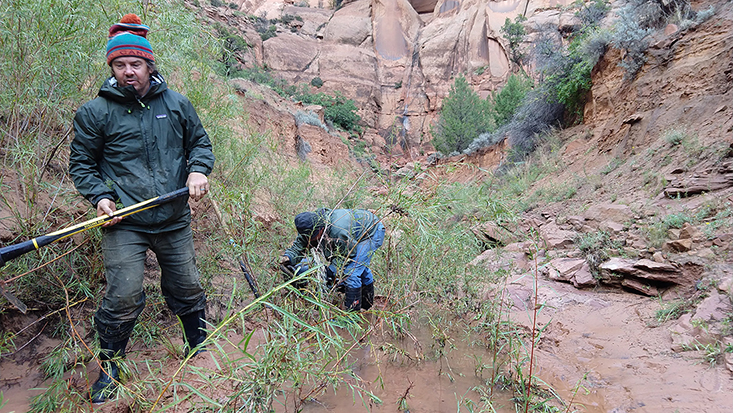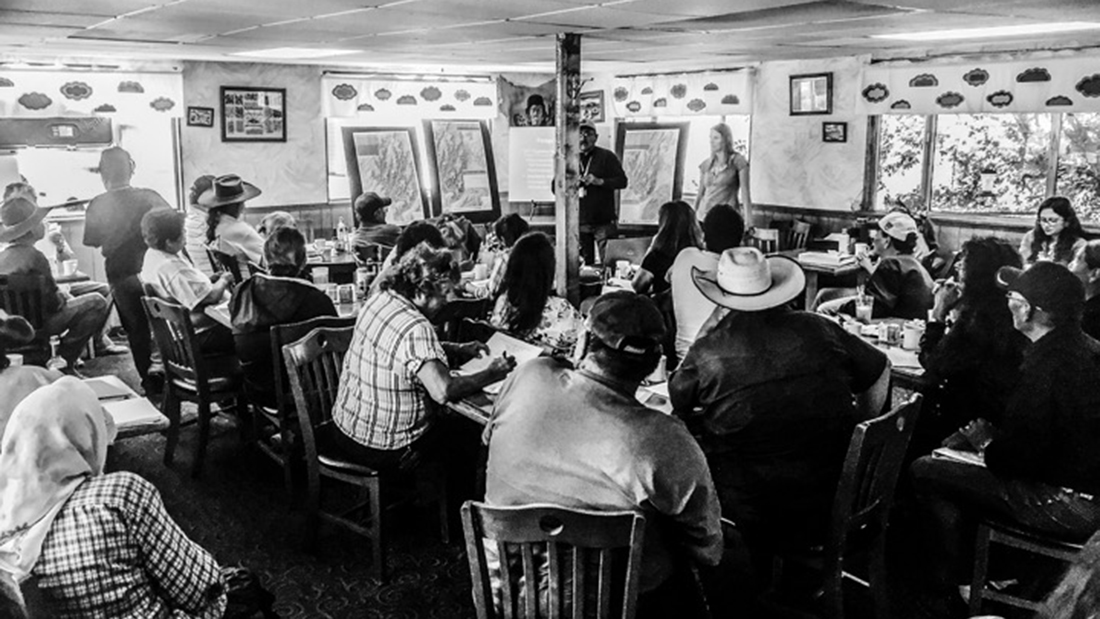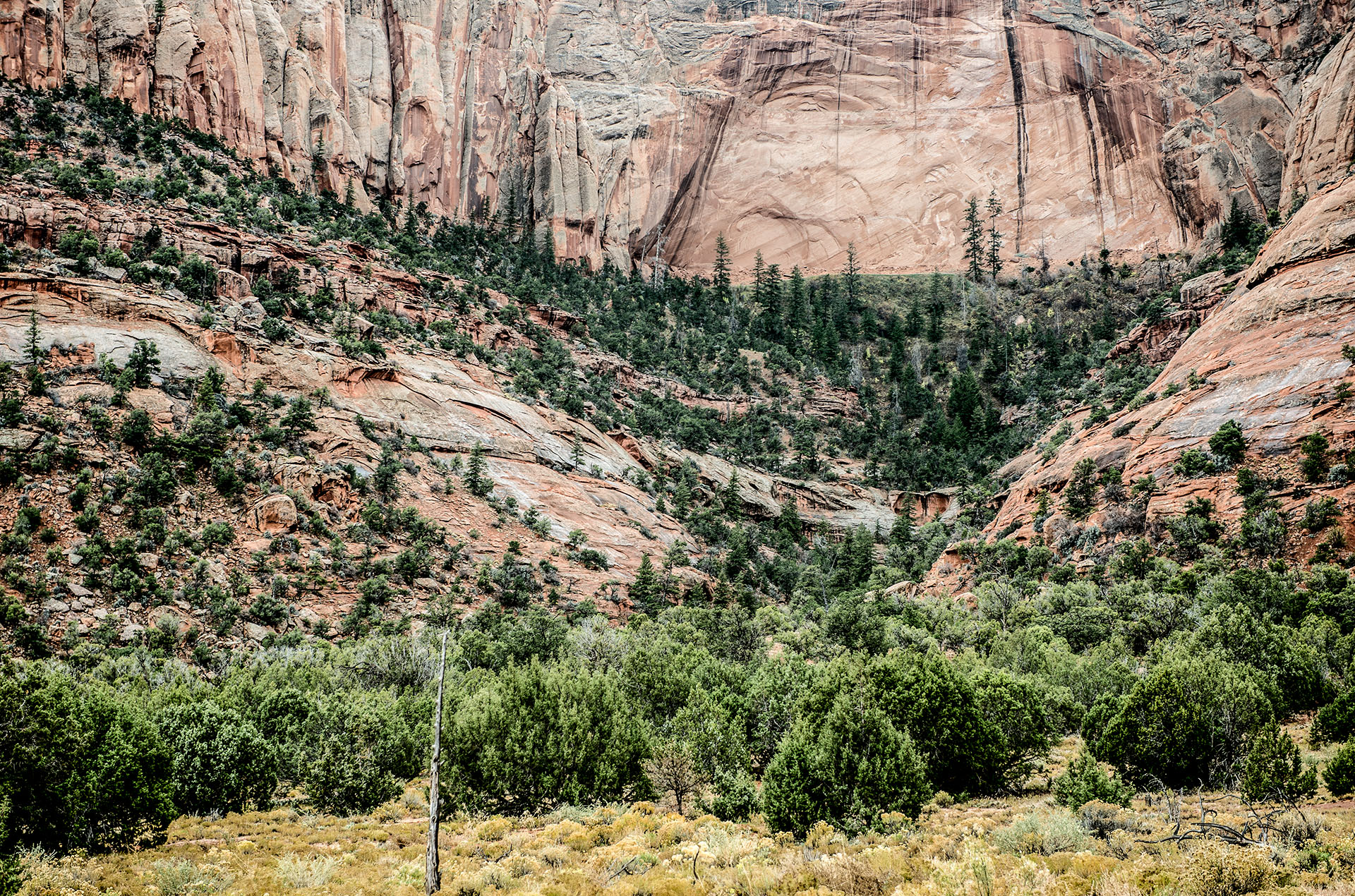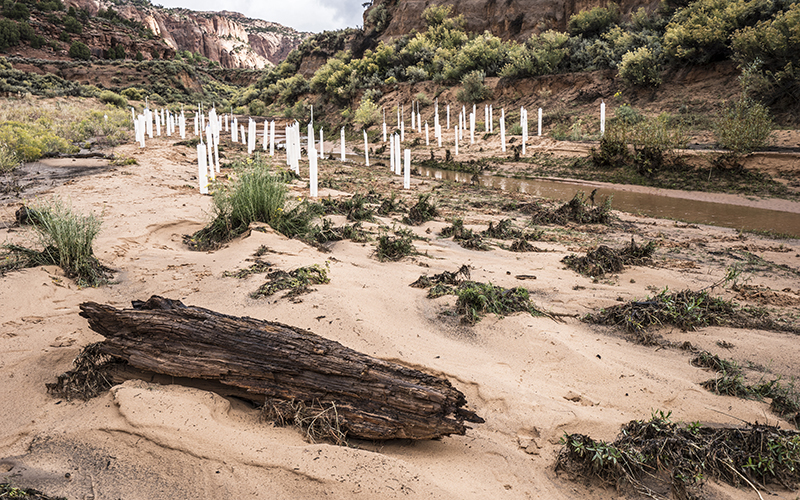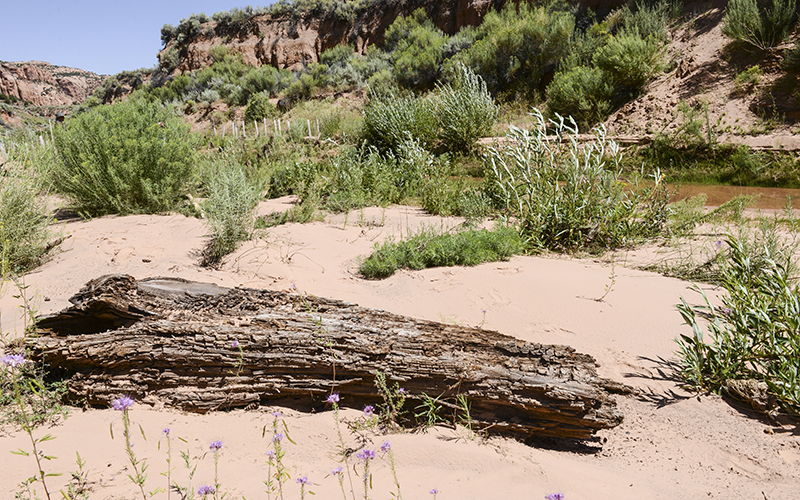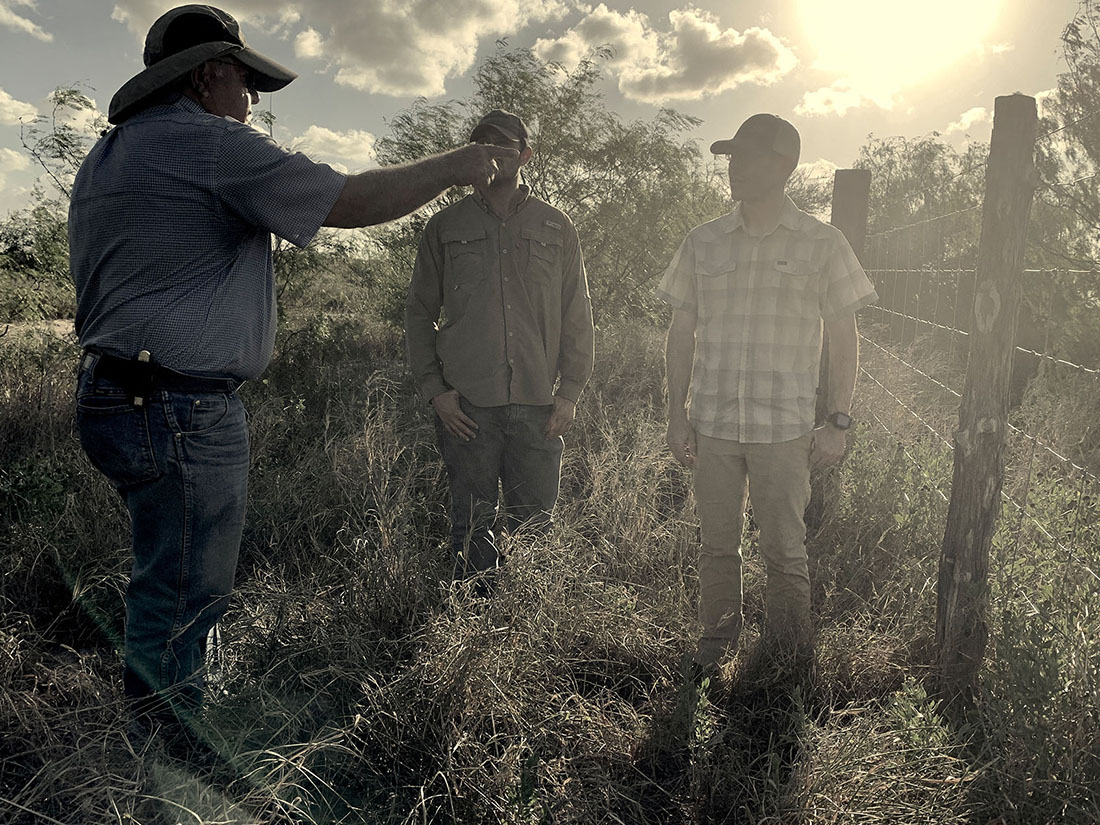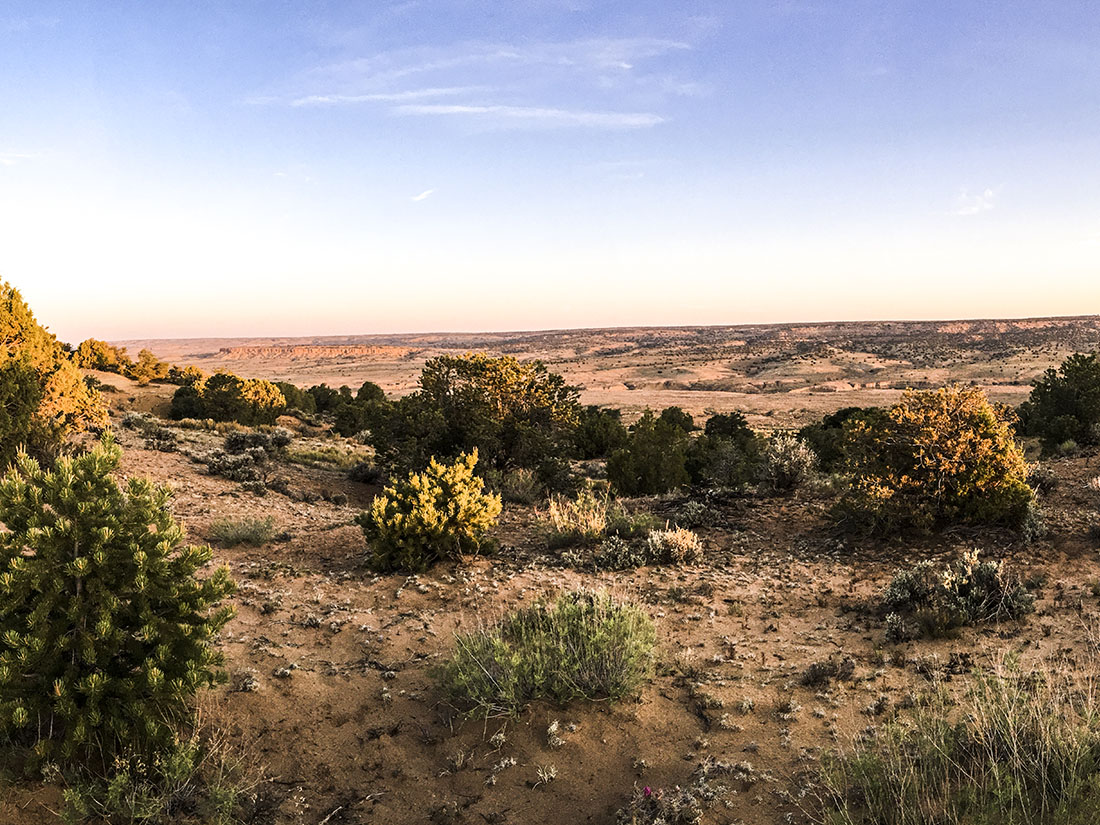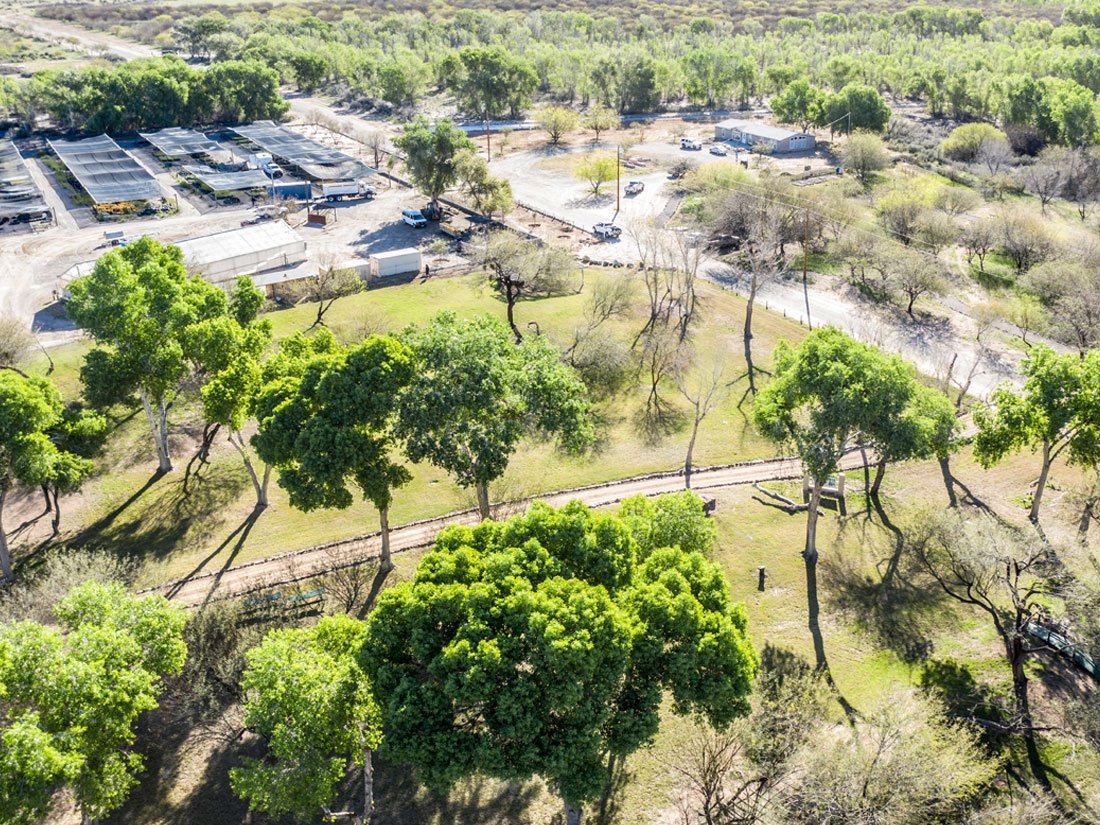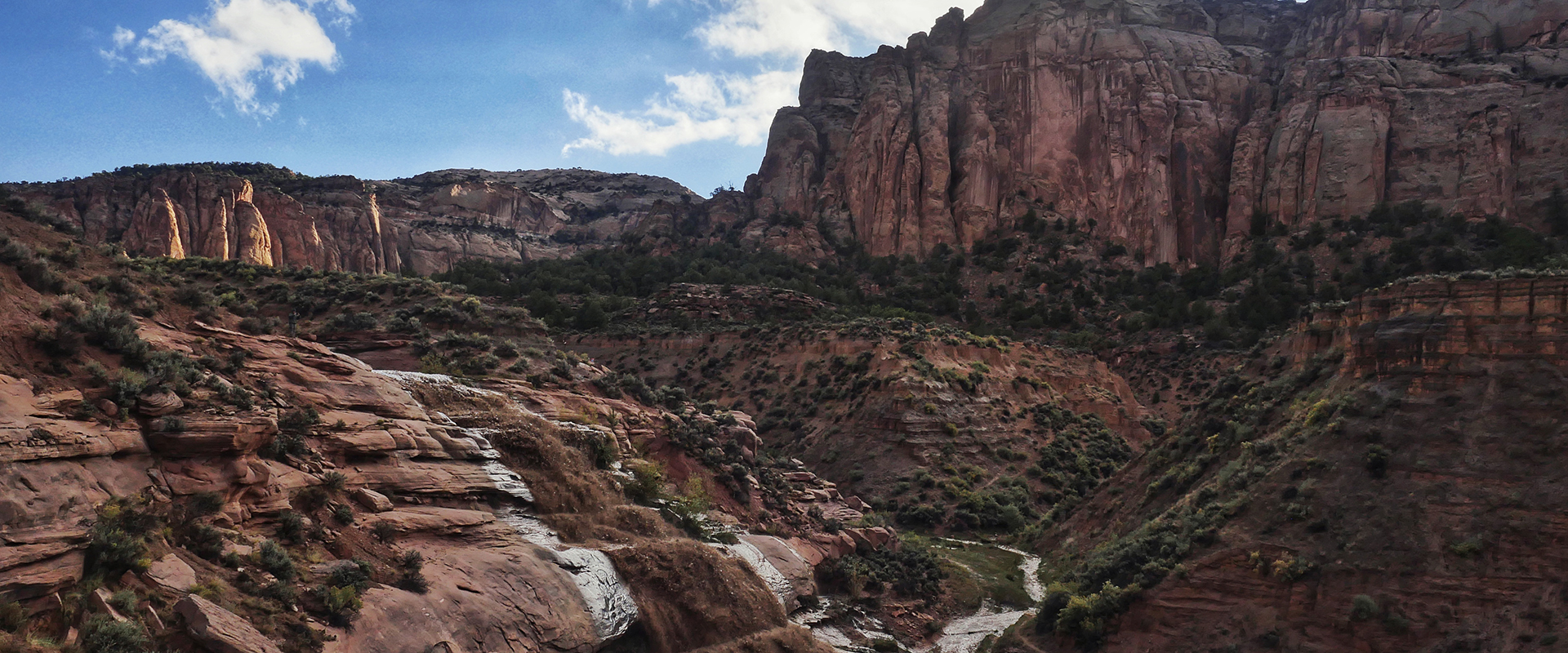
About This Project
Navajo Nation lands located in Arizona, New Mexico, and Utah are highly degraded from over 100 years of feral and managed livestock overgrazing. Grazing permits were first issued on the Navajo Nation in the 1940s; the number of livestock permitted were based on livestock owned at the time, which did not account for the carrying capacity of the land. Subsequent high stocking rates expedited erosion and increased noxious weeds invasion.
Tsegi Canyon, located in northern Arizona, is a part of the intricate and biologically diverse canyon system around Navajo National Monument in the western Navajo Nation. The canyon is also a cultural treasure with two unique archeological sites—Betatakin and Keet Seel cliff dwellings—that are managed by the National Park Service. Currently, there are 14 permit holders in Tsegi Canyon who are permitted to graze over 850 sheep. In 2013, the land was determined to have a carrying capacity of 36 sheep. All permit holders recognized the poor condition of the land and wished to initiate sustainable range management.
Project Slide Show
In 2014, Fred Phillips Consulting and Oxbow Ecological Engineering led a collaborative effort between the Bureau of Indian Affairs, Navajo Nation, National Park Service, and private permit holders to complete grazing management plans for Tsegi and Nitsin Canyons. These plans specifically define the carrying capacity of the land, propose sustainable grazing techniques, and integrate riparian and range restoration.
The pilot project for this plan was completed in October 2018. This included: A deferment agreement for Keet Seel Canyon signed by the majority of permit holders, the construction of wildlife-friendly fencing across a steep canyon, thousands of native plantings, and the removal of wild horses and livestock. This initial effort has protected and restored over a thousand acres of Tsegi Canyon. A second restoration project is planned in nearby Dowozhiebito Canyon—this project will protect and restore over 5,000 acres of riparian habitat.
Good Morning to ALL,
I wanted to write and say Thank You for all the work you do for my family of Tsegi and Niitsi’ii (Nitsin) Canyons. Our family and extended families include Shonto, Tall Mountain, Navajo Mountain, Inscription House, Kaibeto where our traditional families have lived and their children continue to reside in their homeland. The Note Book you have work so hard on – is such a great resource. Well printed in colored pictures, excellent writing and on a high quality papers that will last a life time. The maps are top notch inserts. I am so proud of you all. There are so much information and I wish to read it in Navajo to my families who do not know how to read in English. My mother and father would have been so proud of your help too. Thank you again. Ahehee’ nitsaago
I hope that one day my three children (Dr. Nanibaa’ Garrison, Dr. Bijiibaa’ Garrison and Edward Austin Garrison II) will continue to protect and appreciate the Tsegi Canyon.
Martha Austin-Garrison
Photo Montage of Restored Upper Keet Seel Canyon
Before and after
Client
Catena Foundation, National Park Service, Bureau of Indian Affairs
Location / Date
Shonto, Arizona, Navajo Nation / 2014-Present
Collaborators
Oxbow Ecological Engineering, Cornerstone Environmental Consulting, Taylor Bird Enterprises, Catena Foundation, Bureau of Indian Affairs, National Park Service, the Navajo Nation

